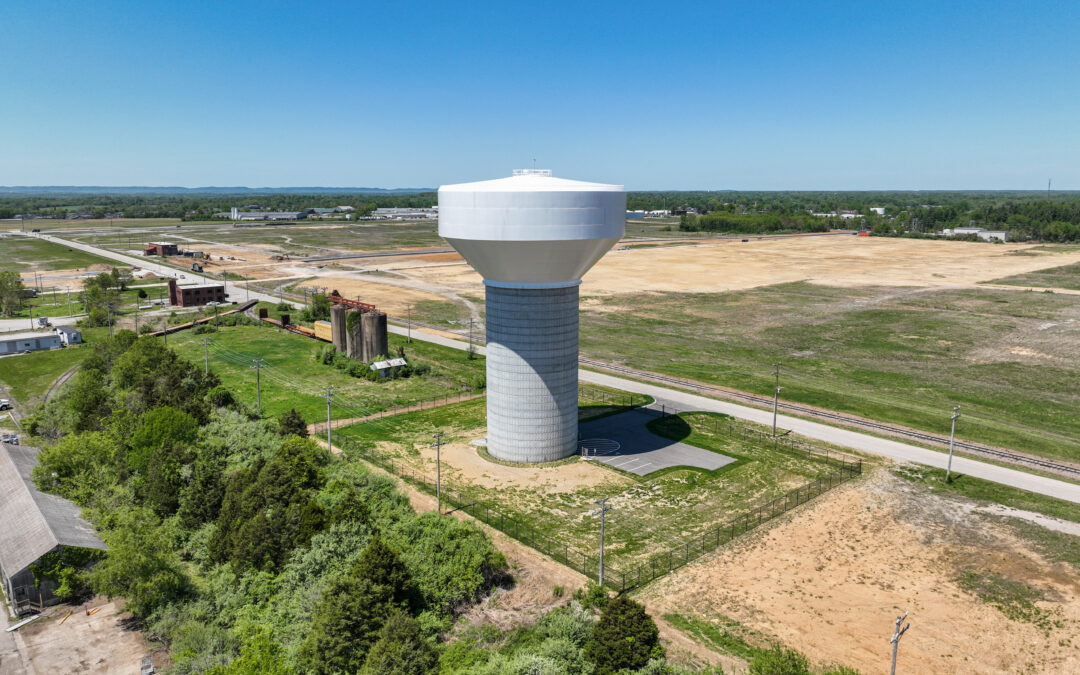
River Ridge Water System Improvements (Elevated Tanks)
Jeffersonville, IN
River Ridge Commerce Center Water System Improvements (Elevated Tanks)
HWC provided the survey, design, and inspection services for water system improvements for the River Ridge Development Authority, which included two new elevated water storage tanks and water main project at the River Ridge Commerce Center in Jeffersonville, Indiana.
The previous water system lacked enough storage for the water system’s existing and projected demands prior to HWC working on the project. A single 0.75 MG ground storage tank located adjacent to a booster pump station (located just east of SR-62 along Paul Garrett Avenue) and three older elevated tanks with a combined capacity of 0.50 MG provided a total of 1.25 MG of storage. Two pressure zones (north and south) existed in the system with most of the development and water demand in the system being in the southern zone. The pressure zones were separate, and the booster pumping station pumped water to both zones using a pressure reducing valve (PRV) to supply different pressures to each zone.
Given the proposed increase in capacity of the water treatment plant and well field as part of a separate project, it was desired to provide additional storage to equate to a total volume, which was equivalent to the projected short-term average demand, or approximately 4.0 MG. Accordingly, two elevated tanks with a capacity of 2.0 MG each were installed, and a hydraulic model was completed to determine the tank locations. Ultimately, a location along 8th Street in the northern pressure zone, paired with a site at International Drive in the southern pressure zone, was recommended as the best alternative. The $8 million project was completed in 2022.

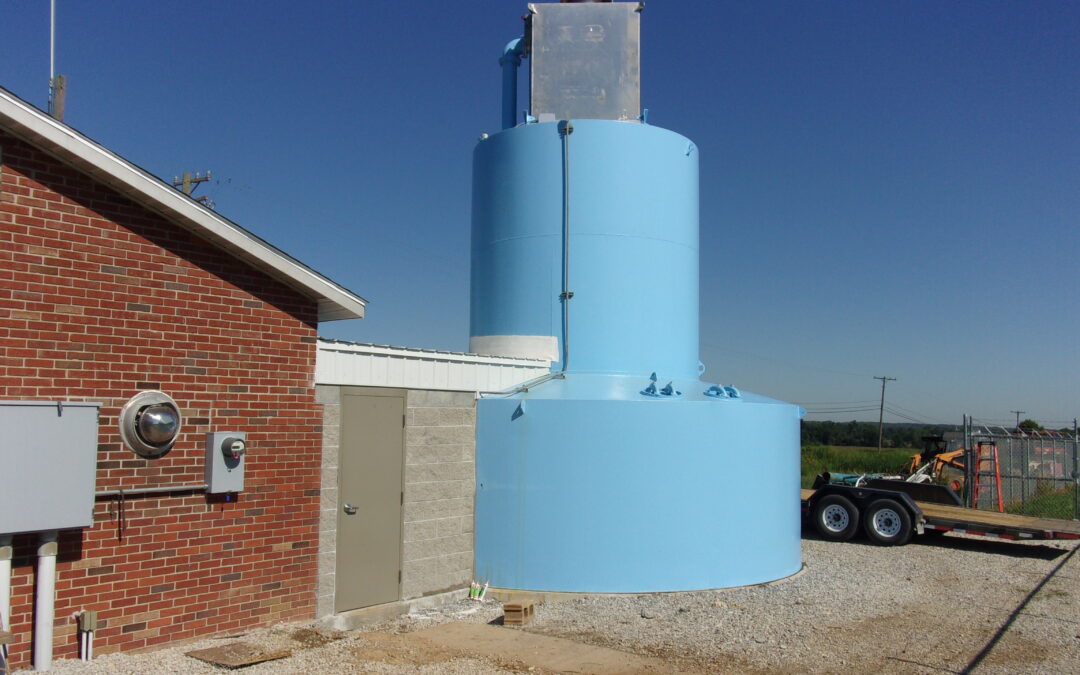
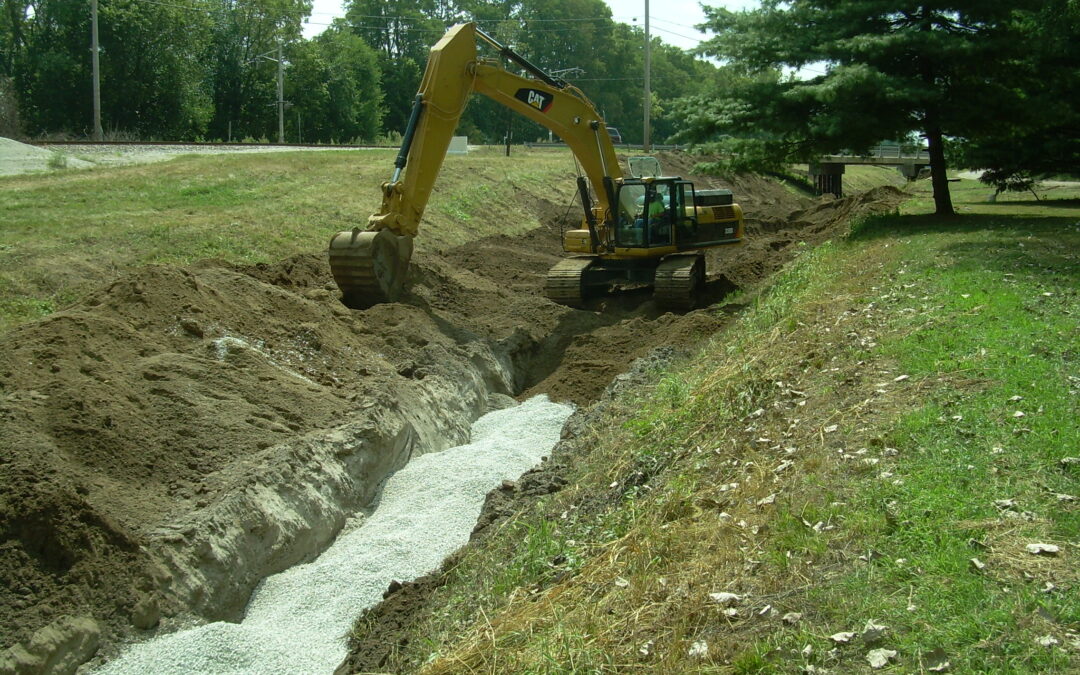
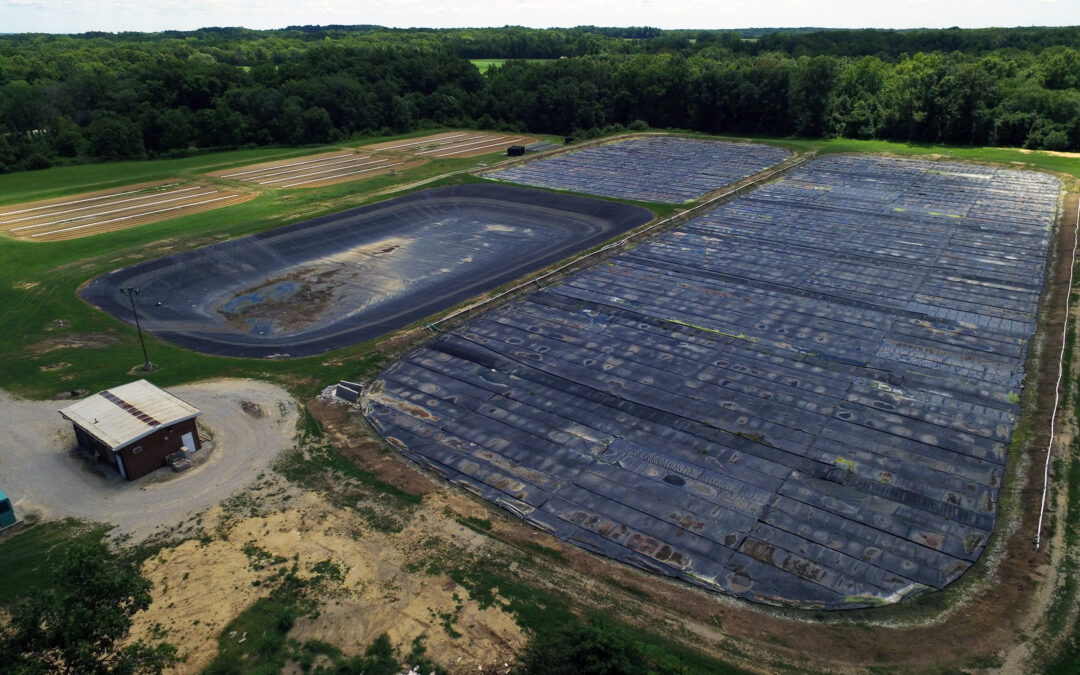
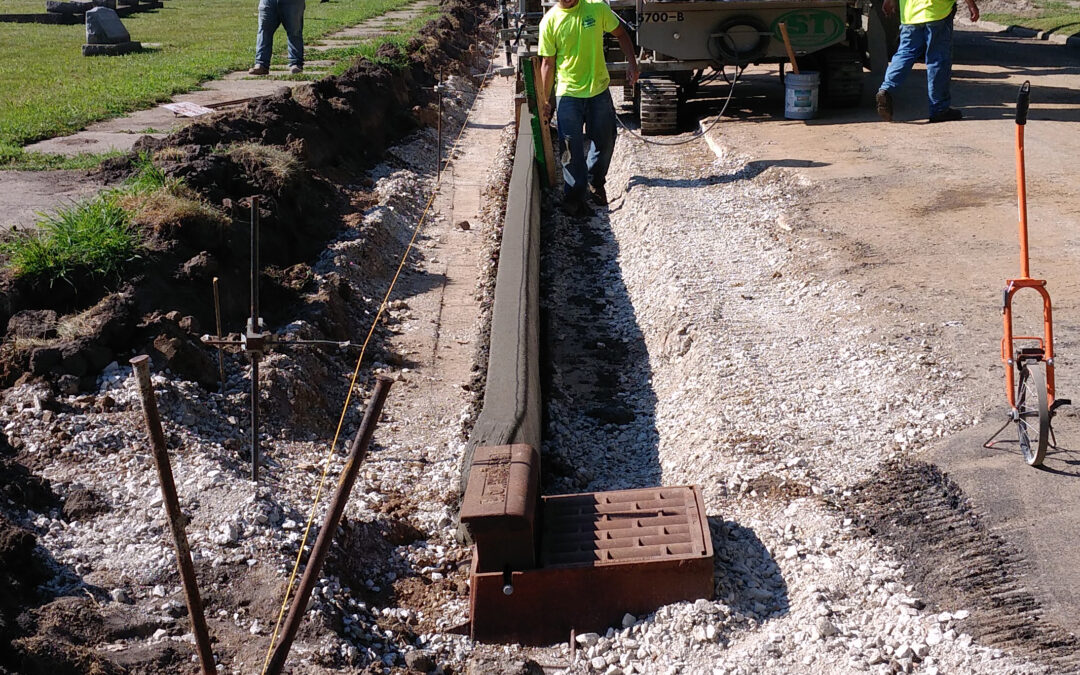
Recent Comments